Comments / Questions (516)
![]() Laura-Kristin wrote:
Laura-Kristin wrote:
Guten Tag, wie kann ich die Ärmel so Kerzen, dass es ein t-shirt wird? Habe leider keine Anleitung gefunden. Liebe Grüße Laura-Kristin
24.02.2017 - 14:48DROPS Design answered:
Liebe Laura-Kristin, wir können leider nicht jeder Anleitung nach jeder Geschmack anpassen, aber gerne bekommen Sie Hilfe von Ihrem DROPS Laden. Viel Spaß beim stricken!
24.02.2017 - 17:00
![]() Nancy wrote:
Nancy wrote:
I am working on the raglan edge and don't understand the terminology . It says to work rib K2/P2 with 1 garter st and K2 each side. What does the 1 garter st and K2 each side mean?
24.02.2017 - 00:20DROPS Design answered:
Dear Nancy, you should have 1 edge st, rib (K2, P2), repeat from (to) and finish row with K2, 1 edge st (seen from RS). Happy knitting!
24.02.2017 - 09:49
![]() Katharina wrote:
Katharina wrote:
Hallo, In der Anleitung steht, dass man 15 Mal abnehmen soll. Wie fährt man danach weiter? Nur noch M2 aber bei den Übergängen zu den Ärmeln einfach glatt rechts, ohne Abnahme? Zweite Frage: Nachdem man die Halsmaschen stillgelegt hat soll man "die Seiten separat fertigstricken", was genau ist mit "fertigstricken" gemeint? Einfach im Muster M2 stricken bis die gewünschten 30cm vorhanden sind? Abnahmen ja oder nein? Danke im Voraus, Katharina
06.01.2017 - 12:17DROPS Design answered:
Liebe Katharina, stimmt Ihre mascheprobe? Sie müsse (2. Grösse) 15 x jede 2. Reihe für den Raglan abnehmen, gleichzeitig, nach 26 cm, für die Abnahmen den Halsausschnitt anfangen, nach alle Abnahmen muss die Arbeit 30 cm bis Schulter messen (ca 9 cm Raglan in der 2. Grösse). Wenn Sie für den Halsauschnitt abketten/abnehmen, müssen Sie dann das Vorderteil separat von dem Resten (Ärmel, Rückenteil und 2. Vorderteil) mit Raglan- und Halsausschnittabnahmen stricken. Viel Spaß beim stricken!
06.01.2017 - 13:02
![]() Katharina Leitner wrote:
Katharina Leitner wrote:
Danke, dann hab ich das eh richtig gemacht :) ich hoffe, ich darf mich nochmal melden, wenn nach der Rundpasse noch Fragen hab! Lg Katharina
04.01.2017 - 18:26
![]() Katharina wrote:
Katharina wrote:
Hallo, ich glaube das habe ich falsch erklärt: bei den Hinreihen nimmt man ab, bei den Rückreihen laut Anleitung aber nicht. Die Maschen der Abnahme bei den Übergängen zu den ärmeln erscheinen in der Rückreihe dann verkehrt, soll ich diese dann auch verkehrt stricken? Oder muss man in der Rückreihe jetzt doch auch abnehmen? Ich stricke die Zweitkleinste Größe! Lg
03.01.2017 - 17:56DROPS Design answered:
Liebe Katharina, die Rückreihen sollen Sie wie zuvor stricken, dh laut M.2 & M.3 (siehe Diagram text) - die Raglanmaschen sind glatt re gestrickt, dh re. auf der Vorderseite und li. auf der Rückseite. In den 3 grösseren Größe nimt man jede Reihe ab - siehe Rundpasse. Viel Spaß beim stricken!
04.01.2017 - 08:46
![]() Katharina wrote:
Katharina wrote:
Hallo, ich nochmal kurz :) Wollte fragen, wie man in der Rückreihe über die Abnahmen der Rundpasse drüberstrickt? Einfach verkehrt? Lg Katharina
03.01.2017 - 10:27DROPS Design answered:
Liebe Katharina, siehe unter TIPP ZUM ABNEHMEN (gilt für die Raglanpasse), VON DER RÜCKSEITE, die Abnahmen sind beschrieben. Viel Spaß beim stricken!
03.01.2017 - 13:00
![]() Katharina wrote:
Katharina wrote:
Wahnsinn, danke für die schnelle Antwort :)
02.01.2017 - 16:17
![]() Katharina wrote:
Katharina wrote:
Hallo! 2 Fragen: Lt. Anleitung ist die Raglanöffnung auf der rechten Seite, am Bild aber links (angezogen betrachtet), oder? 2. Stimmt es, dass die erste Reihe in der alle Maschen auf einer Nadel liegen eine Hin-Reihe ist? Zuerst 3 Maschen Vorderteil, dann rechter Ärmel, Hinterteil, linker Ärmel, dann erst das restliche Vorderteil? lg
02.01.2017 - 13:02DROPS Design answered:
Liebe Katharina, die Raglanöffnung muss zwischen den linken Ärmel und Vorderteil sein, dh Sie stricken (Hinreihe) zuerst Vorderteil, rechten Ärmel, Rückenteil und dann linken Ärmel, dann wenden und Rückreihe stricken. Viel Spaß beim stricken!
02.01.2017 - 14:08
![]() Elina wrote:
Elina wrote:
Hello. I am knitting a size 3/4, and by the time I get to decreasing the stitches in the body piece for the armhole, how many stitches do I need to have left ? (I have 80 in front, 80 in back and additional stitches from binding process. I think I am making a mistake)
17.11.2016 - 16:36DROPS Design answered:
Dear Elina, it looks fine, there are 176 sts before armhole, you bind off 8 sts on each side of both markers, 160 sts remain: 80 sts for front piece and 80 sts for back piece. Happy knitting!
18.11.2016 - 13:17
![]() Katja Søndergård wrote:
Katja Søndergård wrote:
Har jeg læst opskriften forkert ? Efter ca. 34 cm som omfatter ryg og ærmer, skulle der være ca. 62m tilbage. Jeg har over 100 og jeg har sat 22 til hals. Siden, hvor knapperne skal være har på nuværende tidspunkt ca. 10 m. Trøjen ser da rimelig enkel ud men jeg er gået helt i stå. Ser frem til et godt råd.
17.11.2016 - 13:28DROPS Design answered:
Hej Katja. Jeg tror du ikke har taget nok ind til raglan. Hvis du strikker str. 12/18 mdr (der er tre med 62 m, saa jeg tager denne :)) saa er du begyndt med 232 m. Du har lukket 3 m af til raglansöm i hver side (- 6 m). Derudover tager du 1 m ind paa hver side af hver raglan (= 8 m per gang) 16+1 gang = 17x8 = 136 m taget ind. Og saet 22 m paa en traad og lukker af for 4+2 m. Saa har du 232-6-136-22-6 = 62 m tilbage
17.11.2016 - 13:50
McDreamy#mcdreamysweater |
|||||||
|
|
|||||||
Knitted jumper with textured pattern and raglan sleeve for baby and children in DROPS BabyMerino
DROPS Baby 21-15 |
|||||||
|
JUMPER: PATTERN: See diagrams M.1 to M.3. Diagrams show the pattern from RS. DECREASING TIP (applies to raglan): FROM RS: At beg of row: 1 edge st, slip 1 st as if to K, K1, psso. At the end of row, beg when 3 sts remain: K2 tog, 1 edge st. By the other 3 markers dec as follows in each transition between sleeve and body piece, beg 3 sts before marker: K2 tog, K2 (marker sits between these 2 sts), slip 1 st as if to K, K1, psso. FROM WS: At beg of row: 1 edge st, P2 tog. At the end of row, beg when 3 sts remain: P2 tog into back of loop, 1 edge st. By the other 3 markers dec as follows in each transition between sleeve and body piece, beg 3 sts before marker: P2 tog into back of loop, P2 (marker sits between these 2 sts), P2 tog. GARTER ST (back and forth on needle): K all rows. -------------------------------------------------------- -------------------------------------------------------- BODY PIECE: Worked in the round on circular needle. Cast on 148-168-184 (204-216) sts on circular needle size 2.5 mm with Baby Merino. K 1 round and continue in rib, K2/P2. When rib measures 4 cm K 1 round, AT THE SAME TIME dec 28-32-32 (36-40) sts evenly = 120-136-152 (168-176) sts. Insert 1 marker at beg of round and 1 marker after 60-68-76 (84-88) sts (= the sides). Change to circular needle size 3 mm and continue in stocking st. REMEMBER THE KNITTING TENSION! When piece measures 14-15-18 (20-23) cm work diagram M.1 on all sts. After M.1 continue in diagram M.2 on all sts. AT THE SAME TIME when piece measures 17-18-21 (24-27) cm work next round as follows: cast off 4 sts for armhole, work 52-60-68 (76-80) sts (= front piece), cast off 8 sts for armhole, work 52-60-68 (76-80) sts (= back piece) and cast off the last 4 sts for armhole. Cut the thread and put piece aside. Knit the sleeves. SLEEVE: Worked in the round on double pointed needles. Cast on 44-48-52 (56-60) sts on double pointed needles size 2.5 mm with Baby Merino. K 1 round and continue in rib, K2/P2. When rib measures 4 cm K 1 round, AT THE SAME TIME dec 10-12-14 (16-16) sts evenly = 34-36-38 (40-44) sts. Insert a marker at beg of round = mid under sleeve. Change to double pointed needles size 3 mm and continue in stocking st. When piece measures 6 cm inc 1 st on each side of marker. SIZE 1/3 months + 6/9 months: Repeat the inc on every 4th round a total of 7-8 times. SIZE 12/18 months + 2 years: Repeat the inc on every 4th and 5th round alternately a total of 9 (12) times. SIZE 3/4 years: Repeat the inc on every 6th round a total of (12) times. = 48-52-56 (64-68) sts. AT THE SAME TIME when piece measures 13-14-17 (20-24) cm work M.1. After M.1 continue in M.2. When piece measures approx 16-17-20 (24-28) cm – make sure to be on the same row in M.2 as on body piece – cast off 8 sts mid under sleeve (= 4 sts each side of marker) = 40-44-48 (56-60) sts left on needle. Put piece aside and knit the other sleeve. YOKE: Slip sleeves on the same circular needle as body piece where cast off for armhole = 184-208-232 (264-280) sts. Insert a marker in all transitions between sleeves and body piece and insert a marker mid front (= 26-30-34 (38-40) sts each side). READ ALL OF THE FOLLOWING SECTION BEFORE CONTINUING! Continue back and forth on needle from the raglan on right front piece (when garment lies flat in front of you). Beg by casting off 3 sts on each side of this raglan opening. Continue in M.2 with 1 edge st each side (make sure pattern continues from body piece and sleeves). After 6-6.5-7 (8-8.5) cm of M.2 work M.3 and then complete piece in M.2. AT THE SAME TIME on first row from RS dec 1 st for raglan on each side of all markers – SEE DECREASING TIP! Repeat the dec on every other row a total of 13-15-16 (15-16) times and then on every row: 0-0-1 (6-7) times. AT THE SAME TIME when piece measures 24-26-30 (34-38) cm slip the middle 14-18-22 (22-22) sts on front piece (i.e. 7-9-11 (11-11) sts on each side of marker mid front) on a stitch holder for neck and complete each side separately. Cast off to shape the neckline at the beg of every row from mid front: 2 sts 1 time and 1 st 1 time. After all dec for raglan and neck are complete there are approx 54-58-62 (62-62) sts left on needle and piece measures approx 28-30-34 (38-42) cm up to shoulder. Slip sts on a stitch holder and work the raglan edges before the neckline. RAGLAN EDGE: Pick up approx 24 to 36 sts (divisible by 4) inside 1 edge st along the raglan opening on sleeve on needle size 2.5 mm with Baby Merino. Work rib K2/P2 with 1 garter st and K2 each side (as seen from RS). When edge measures 2 cm cast off with K over K and P over P. Repeat along raglan opening on front piece, but after 2 rows make 3 buttonholes evenly (the last buttonholes is made on neck). 1 buttonhole = cast off 2 sts and cast on 2 new sts on return row. NECK: Slip sts from stitch holder mid front and on yoke back on circular needle size 2.5 mm, pick up approx 20 to 28 sts on each neckline at front and pick up 6 sts on each raglan edge with Baby Merino = approx 100 to 128 sts (divisible by 4). Work rib back and forth on needle from raglan opening as follows (as seen from RS): 1 garter st, * K2/P2 *, repeat from *-* and finish with K2 and 1 garter st. AT THE SAME TIME after 2 rows make 1 buttonhole in line with the others on raglan edge and when neck measures 4.5 cm make 1 buttonhole over the first one. Work another 2 rows and cast off with K over K and P over P. ASSEMBLY: Fold neck double towards WS and fasten with neat sts. Sew raglan edges to bottom of raglan openings. Sew openings under sleeves. Sew on buttons. |
|||||||
Diagram explanations |
|||||||
|
|||||||
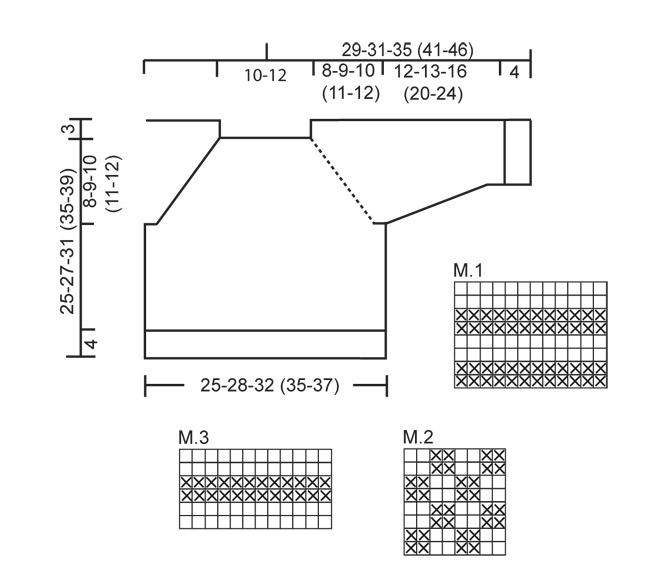
|
|||||||
Have you finished this pattern?Tag your pictures with #dropspattern #mcdreamysweater or submit them to the #dropsfan gallery. Do you need help with this pattern?You'll find 24 tutorial videos, a Comments/Questions area and more by visiting the pattern on garnstudio.com. © 1982-2025 DROPS Design A/S. We reserve all rights. This document, including all its sub-sections, has copyrights. Read more about what you can do with our patterns at the bottom of each pattern on our site. |
|||||||









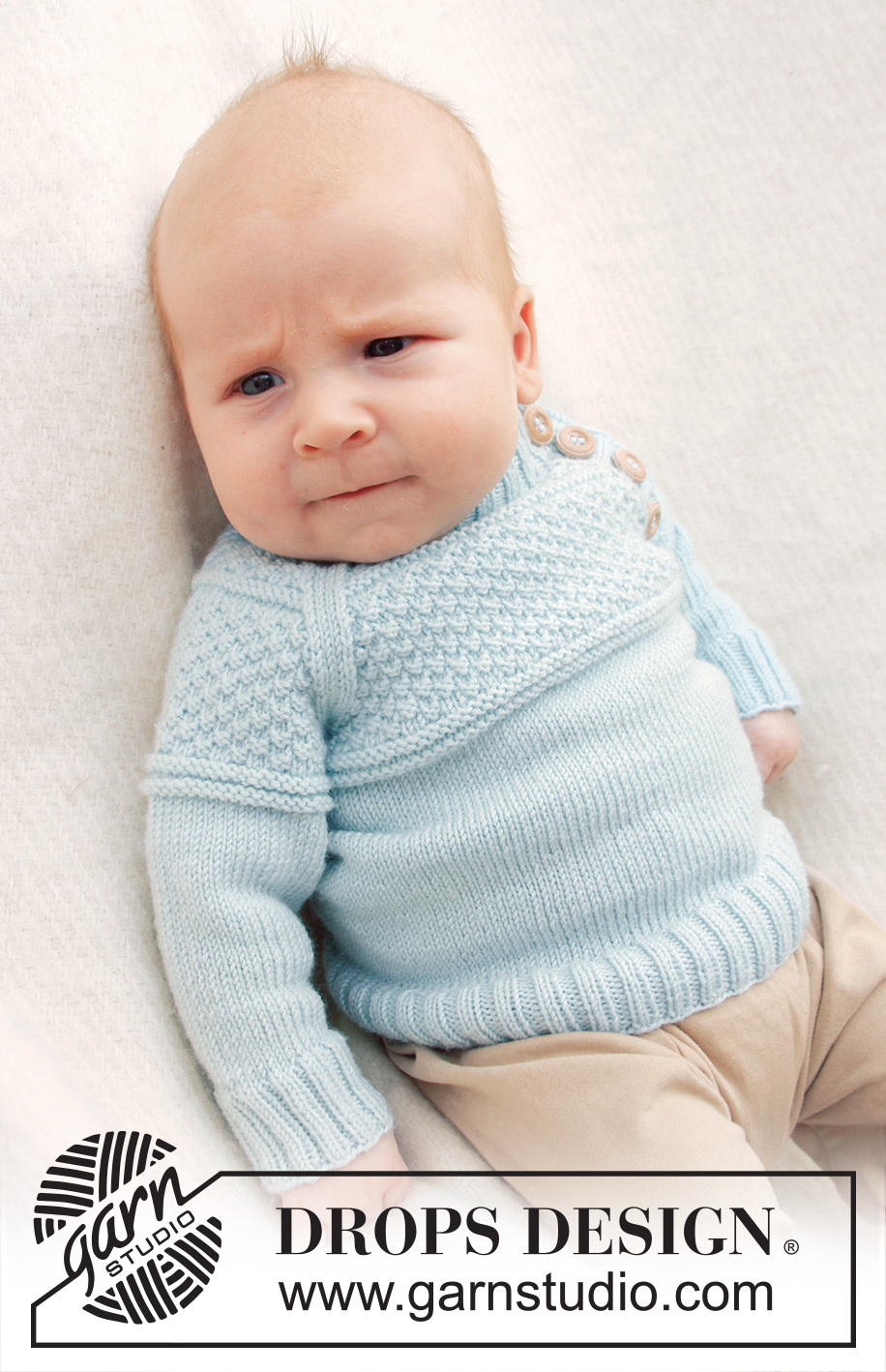

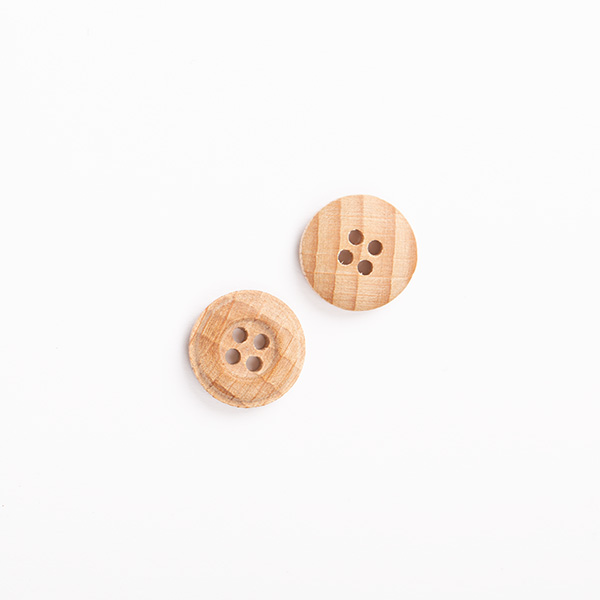

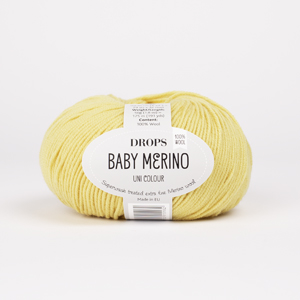

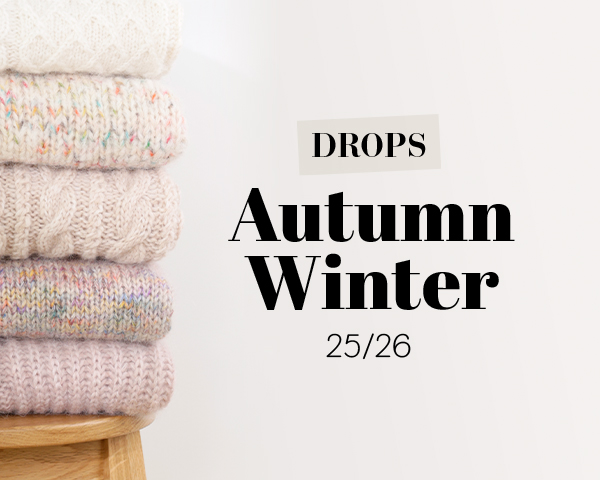









































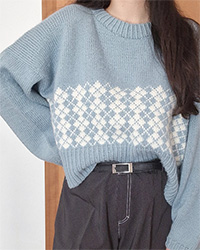
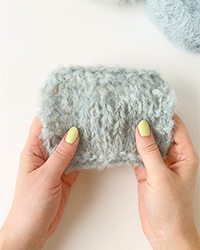
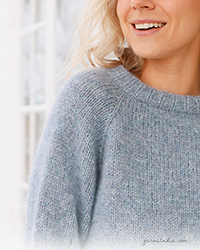

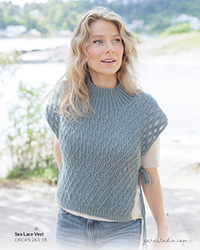

Post a comment to pattern DROPS Baby 21-15
We would love to hear what you have to say about this pattern!
If you want to leave a question, please make sure you select the correct category in the form below, to speed up the answering process. Required fields are marked *.